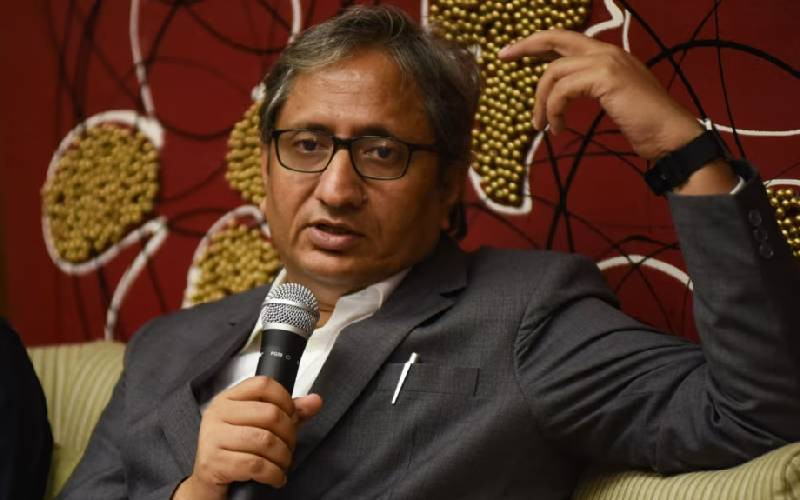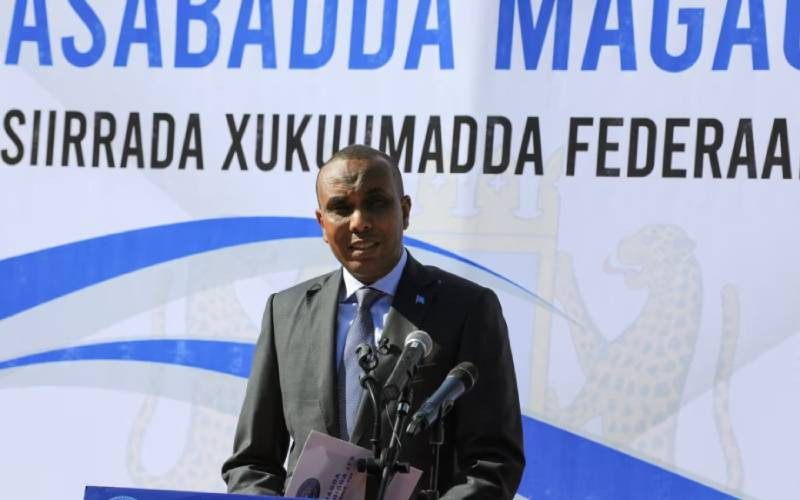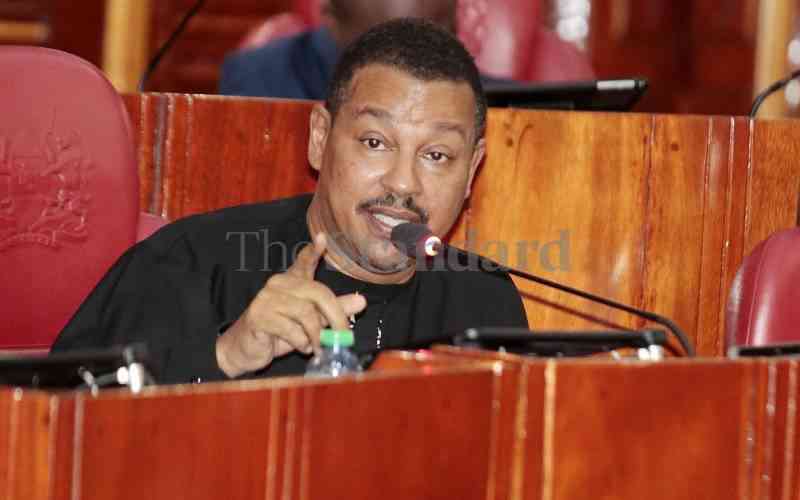 |
|
The problem of teacher shortages also affects Arab States, where the school-age population will rise to 9.5 million by 2030. |
By PETER KAMURI
The world will need an extra 1.6 million teachers in classrooms to achieve universal primary education by 2015.
This figure is projected to rise to an extra 3.3 million primary teachers and 5.1 million lower secondary teachers by 2030 if the world is to assure school children quality education.
A new study report by Unesco’s Institute for Statistics (UIS) to mark this year’s World Teachers’ Day, said the shortage of teachers is against the backdrop of the critical role they play in enabling learners achieve good learning outcomes within effective education systems. This fact, the report acknowledges by noting, “While their ability to positively shape a child’s learning experience depends on several factors, the first step towards good learning outcomes is to ensure there are enough teachers in classrooms.”
The report says if current trends continue, teachers’ shortages at the primary and lower secondary levels of education will persist to 2030 and beyond.
Training practices
Of critical concern is perhaps the shortage of primary school teachers, particularly in sub-Saharan Africa. “A third of countries in the region are suffering from teacher shortages. The need to recruit more primary teachers will intensify as the region’s school-age population grows. If current hiring and training practices go unchanged, some countries will face an even greater shortage by 2030,” says the report.
The report adds, “By then, 2.1 million new teaching positions will have to be created in sub-Saharan Africa while 2.6 million teachers leaving the profession who will need to be replaced.”
It is also noted that sub-Saharan Africa alone represents close to half the global lower secondary education shortage (46 per cent). In fact, the region will need an extra 1.6 million teachers by 2015, and 2.5 million by 2030.
However, a country like Ethiopia (still in the sub-Saharan region) has been expanding its teacher workforce by an average of 11 per cent since 1999. If this growth continues, the country should be able to accommodate all primary school-age children by 2015. This is also the case for countries such as Cameroon, Namibia and Lesotho.
Attrition rates
In Kenya, shortage of teachers in public primary and secondary schools has been endemic. Since the end of automatic hiring of teachers more than a decade ago, the shortage has been biting with parents forced to hire jobless teachers. The shortage has conservatively been put at well above 60,000 teachers.
According to UIS data, about 58 per cent of world countries do not have enough teachers in classrooms to achieve univeral primary education (UPE).
Several countries facing chronic teacher shortages also face high rates of teacher attrition, which go up to 17 per cent as in the case of Angola, where almost one in five teachers leaves the profession in a given year, according to the latest UIS data.
“Faced with the pressure to achieve UPE and offset attrition rates, many countries resort to hiring less qualified teachers or even lowering national standards. This decision can jeopardise education quality and the learning outcomes of students, especially those in over-crowded classrooms,” notes the report.
Stay informed. Subscribe to our newsletter
[email protected]
 The Standard Group Plc is a
multi-media organization with investments in media platforms spanning newspaper
print operations, television, radio broadcasting, digital and online services. The
Standard Group is recognized as a leading multi-media house in Kenya with a key
influence in matters of national and international interest.
The Standard Group Plc is a
multi-media organization with investments in media platforms spanning newspaper
print operations, television, radio broadcasting, digital and online services. The
Standard Group is recognized as a leading multi-media house in Kenya with a key
influence in matters of national and international interest.
 The Standard Group Plc is a
multi-media organization with investments in media platforms spanning newspaper
print operations, television, radio broadcasting, digital and online services. The
Standard Group is recognized as a leading multi-media house in Kenya with a key
influence in matters of national and international interest.
The Standard Group Plc is a
multi-media organization with investments in media platforms spanning newspaper
print operations, television, radio broadcasting, digital and online services. The
Standard Group is recognized as a leading multi-media house in Kenya with a key
influence in matters of national and international interest.










